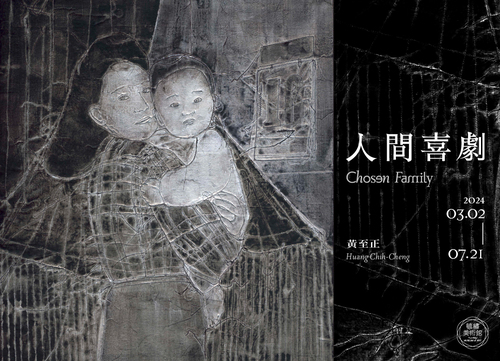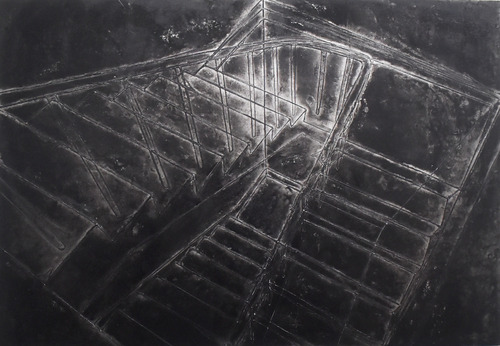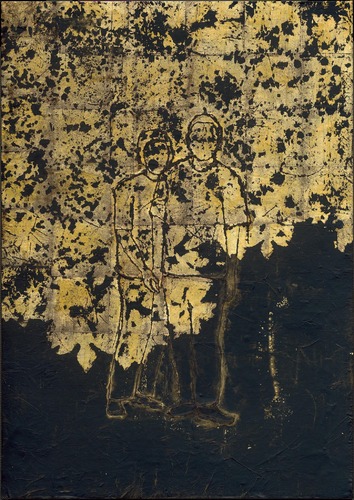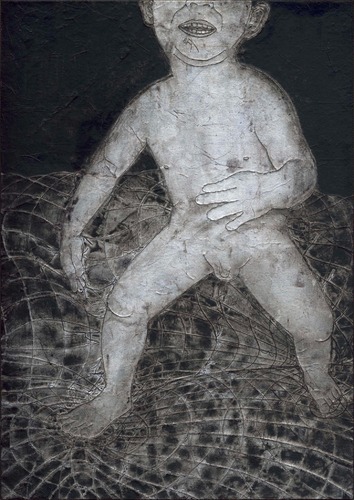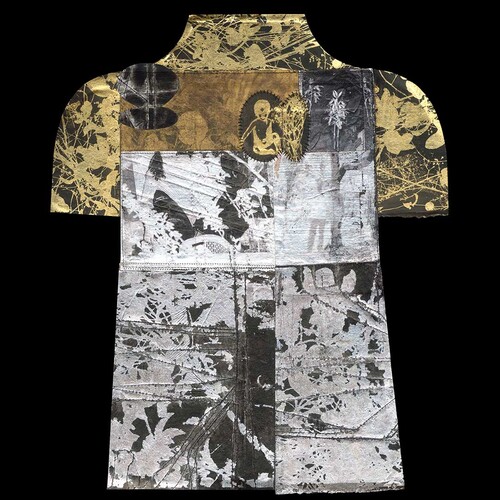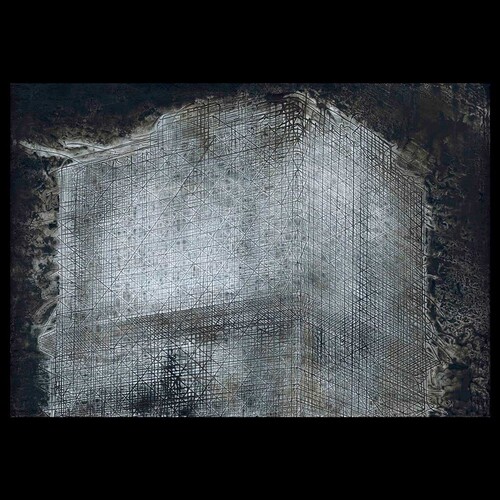Artist Huang Chih-Cheng will present a solo exhibition "Chosen Family" at the Yu-Hsiu Museum of Art in Nantou.
Chosen Family resembles a semi-autobiographically constructed account of Huang Chih-Cheng’s family history. Based on the archives of his own family, the artist also employs portraits of others, including those of his partner’s biological family, to portray his imagination of the structure of a contemporary family. Through such an attempt, he not only disrupts the fixed meaning and ethical concerns regarding a so-called traditional family, but also genealogically re-composes his family history by incorporating heterogeneous elements.
Huang grew up in a family with rather close relationships, which has made him acutely sensitive to changes of internal relations. After the passing of his grandparents, he feels that the members of his family have grown distant. He himself also becomes aware that everyone in his family seems to perceive their shared memory differently—in short, it is as if everyone holds a copy of the family history, but none is authentic. How should memory be referenced and preserved? As a matter of fact, it is rather challenging for people to have a unified perception of the past. As Henri Bergson points out, memory is never simply about reviewing past events. It is especially the case when it comes to an individual’s memory. What is represented through memory is not events or scenes; instead, it is more about an individual’s past and life, which has an influence on the person’s sensory perception in the present.
The Mandarin title of the exhibition is inspired by Balzac’s masterpiece, La Comédie Humaine, in which the interweaving scenes and historical periods form the customs history of the French society, mixed with the history of living concerning different aspects of everyday life. Following this line of thinking, Huang’s semi-fictious history of living revolves and unfolds around family as the subject. Utilizing metal foil, the artist shapes and unveils ambiguous images, attempting to destabilize the framework of familial boundary through obscure implications. In a way, his work resembles a gesture of nostalgically reminiscing through the interstices of time caused by mnemonic errors. Such gaze on the history of oneself and others, to an extent, is more of an endeavor in re-learning about the past and ushering in the future. Through his exploration, the artist is also able to recalibrate his life experiences, while contemplating on atypical organization of intimate relations and social networks, as well as how diverse values could be practiced in contemporary society.
